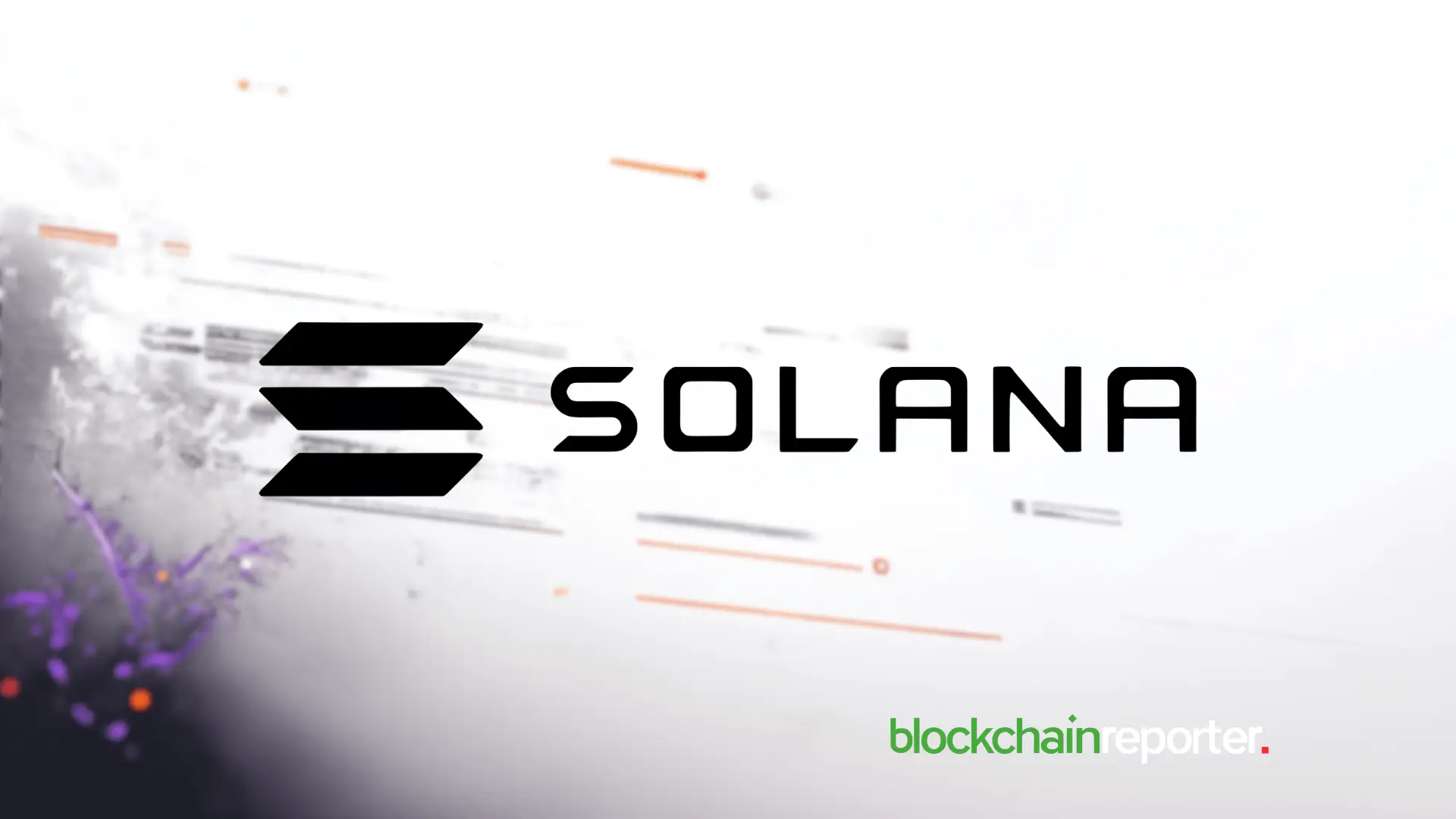High-Yield Solana Staking Made Simple: Exploring JPool’s Key Updates and Features
0
0

Liquid staking is a growing trend across many blockchain networks, with Ethereum and Solana being the most popular. Instead of restricting users to traditional lockup periods, liquid staking provides derivatives that remain free for trading and other DeFi strategies. Even during volatile market spells, liquid staking holds more than $30 billion in total value locked (TVL). On Solana, known for its fast transactions and low fees, JPool has become a prominent player, letting users stake SOL while still keeping options open for more yield directions.
Staking enthusiasts often seek strong returns but dislike giving up liquidity. JPool addresses that issue. Those who deposit SOL receive JSOL, a derivative representing their staked funds, which can be used throughout various DeFi platforms for activities like lending, trading, and yield farming. All this benefits SOL holders who want to stay agile in the market without missing out on staking rewards.

The Surge of Liquid Staking and JPool’s Role
Solana’s reputation for reliable speed and low fees has encouraged developers and investors to look for smarter ways of generating yield. Traditional staking means locking up tokens for a specified period, which places stakers at risk of missing DeFi opportunities that arise. JPool’s solution brings both freedom and the potential for attractive yields, creating what it calls a balanced blend between passive income and market responsiveness.
Continuous development has boosted JPool’s standing. The platform’s interface helps newcomers grasp the basics quickly and allows advanced investors to transfer JSOL into margin trades or specialized yield pools. JPool’s TVL has gathered more than 1.15M SOL, eloquently reflecting stakers’ confidence in the protocol’s architecture and track record. The ease of moving JSOL elsewhere, with a collecting staking rewards option, appeals to an audience that values flexibility.
We all see liquid staking is no longer a fringe concept in the DeFi universe. Ethereum has Lido and other providers offering derivative-based staking models, and Solana’s ecosystem is adopting similar models at a brisk pace. JPool saw this rising demand and recognized the opportunity to pair higher APYs of up to 20% with a friendly user journey.
Key Features and Fresh Updates
JPool defines itself as more than a place to stake tokens. The team frames the platform as a forward-thinking ecosystem that includes several distinct features.
Direct Staking focuses on simplicity for those who prefer to stake SOL without worrying about advanced DeFi maneuvers. It secures tokens in a dedicated environment where stakers earn rewards at stable rates. Some participants use Direct Staking as a way to keep track of their primary holdings without weaving them into lending or trading strategies. JPool is planning an update to this section to make the staking process more intuitive and remove potential hurdles. Security remains a major priority, so the development roadmap includes regular audits and strong contract testing.
JSOL Liquid Staking is the well-known hallmark of JPool. Depositing SOL immediately generates JSOL, which mirrors the value of staked assets and allows holders to explore DeFi protocols on Solana. Investors who want liquidity can trade JSOL or place it in lending pools, all while accruing underlying staking rewards.
In turn, JPool staking products were built to serve users who appreciate diversified returns without constantly migrating from one protocol to another. It acts as a specialized mechanism directed to boost APYs. It collects multiple yield strategies under one umbrella, drawing on techniques like validator incentives and MEV-based profits to push returns even further. Participants may see rates climb near or above 20%, depending on market dynamics.
The team is to join significant industry gatherings like TOKEN2049 and the Crypto Valley Conference. Interacting with potential partners and industry experts at these events can spark new integrations that make JSOL more versatile. Existing collaborations with Meteora, Raydium, Solaer, and Orca already allow JSOL holders to deploy strategies that suit their risk and return preferences, and more alliances are likely as JPool pursues a larger presence within the ecosystem.
Inside the Holders Club
The Holders Club represents a layer of community engagement that gives JPool a personality beyond its technology. Members accumulate JPoints by staking SOL, holding JSOL, or actively contributing to the project’s discussion spaces. As JPoints build up, members move up through Silver, Gold, and Platinum tiers. Each tier comes with perks that can include priority support, exclusive ask-me-anything sessions with the team, and even the chance to influence strategic decisions about JPool’s direction.
Holders Club participation has driven a strong sense of connection among stakers and developers. The JPool team shares progress updates on its X (Twitter) channel and highlights user feedback that informs future changes. Plans include expanded governance rights for top-tier members, giving them a louder voice in fee structures and new DeFi collaborations.
Where It Goes from Here
Liquid staking has made a big impact on DeFi, and JPool has positioned itself to excel in Solana’s ecosystem by appealing to both new and experienced stakers. Depositing SOL and receiving JSOL keeps tokens accessible for real-time opportunities without sacrificing rewards, a combination that goes in line with those who want to stay nimble in DeFi markets.
Rewards close to 20% APY have turned heads, but the platform’s strategy aims more than a simple yield figure. The team’s been making updates to Direct Staking, showing up at industry conferences, and expanding their DeFi integrations. And the Holders Club adds a social element that maintains loyalty and active input from dedicated members – indicating that JPool values a strong community as much as it values stable returns.
Solana’s growth shows no sign of slowing, and JPool seems poised to ride that wave. Liquid staking is likely to remain a central aspect of DeFi, particularly for investors who want to seize fresh opportunities without waiting for lockups to expire. Now, SOL holders hunting for flexibility and rewards have an option worth exploring in JPool. Ready to put it to work without tying your hands? Enter JPool, get your first JSOL, and start yielding today!
0
0
 Manage all your crypto, NFT and DeFi from one place
Manage all your crypto, NFT and DeFi from one placeSecurely connect the portfolio you’re using to start.






